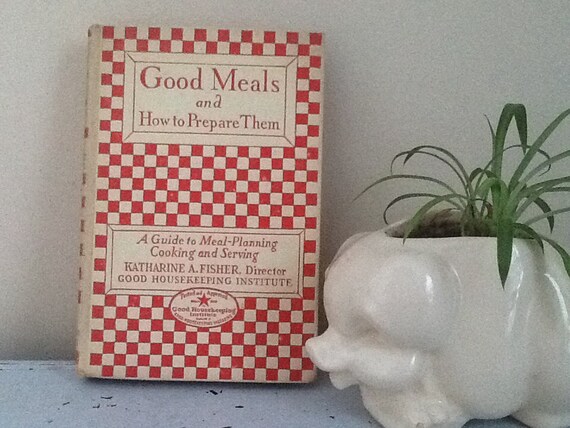
Now that you have learned the various contexts in which in, at, and on are used with regard to time and place, you can begin to confidently use these prepositions in your speech and writing. However, in British English and other varieties, the preposition “at” can be used with weekends and holidays (i.e., “I went to the park at the weekend” and “I stay in London at Christmas.” *Note: In American English, the preposition “on” is used with weekends and holidays, as shown above.
#Them prepo how to#
These guidelines help us use the right preposition every time! How to use in, on and at

Luckily, in English, we can identify many specific situations in which the prepositions in, on, and at are used in order to figure out when it is appropriate to use each one. This total of 150 prepositions is comprehensive at the time of writing, and represents all the prepositions currently found in a good English dictionary. We become so used to the way prepositions are used in our native tongue that using them in any other way can seem illogical or absurd. These pages list all 94 one-word prepositions (which are unlikely to change or be added to) and 56 complex prepositions (which may possibly be added to as the language evolves). So read as much as possible, and see if you can highlight prepositions when you come across them.Ī useful exercise to do is pointing out the prepositions found in a sentence, and describing the context they are used in.If you learn English online, understanding when to use prepositions can cause quite a headache. Prepositions are used in a variety of ways, and the best way to get familiar with them is by looking out for them whenever you read. “I will need it back on the 17 th.” Your turn

On: Like “in” this is used for specific points in time – in this case, you use this preposition to indicate particular dates or days. “They first moved to the country in 1978.” All three of those prepositional phrases begin with a preposition (to, up, around) and end with a noun (park, tree, block), and that sums up what a prepositional phrase is. In: this is used to express events taking place during lengthy periods of time, such as a month or year, for example: What do you notice about them I walked to the park. Prepositions are relationship words that link nouns, pronouns, verbs and phrases together in a sentence. “In front of: “The books should go in front of the other items.” Prepositions of timeĭifferent prepositions can be used to indicate time in specific ways:Īt: this can be used to indicate a specific time, for example: List of Common Prepositions and How to Use Them. Some common prepositions of position are: You can use prepositions to show where an object is positioned, in relation to something else, such as whether it is placed on the surface of something, inside something, or in another position. Let’s have a closer look at some examples. When using a preposition, you must always have the subject and verb before it, and follow it with a noun. Prepositions are always used to indicate the relationship of a noun or phrase to something else.

Let’s take a look at some examples and how they can be used! The most common ways to use prepositions include using them to indicate time, the direction or location of an object, or to introduce something – and an individual preposition can be used in more ways than one. You will find them used in lots of different ways and various contexts.

Some examples of prepositions are “on”, “in”, “to” and “at”. Prepositions are words that are used to link a noun or phrase to another part of the sentence. So read on to find out how to use them correctly. One of the reasons why is that they are used in a lot of different ways, which can sometimes make learning how to use them a little more difficult. You’ll come across prepositions a lot in English – they’re a very common part of the language!


 0 kommentar(er)
0 kommentar(er)
